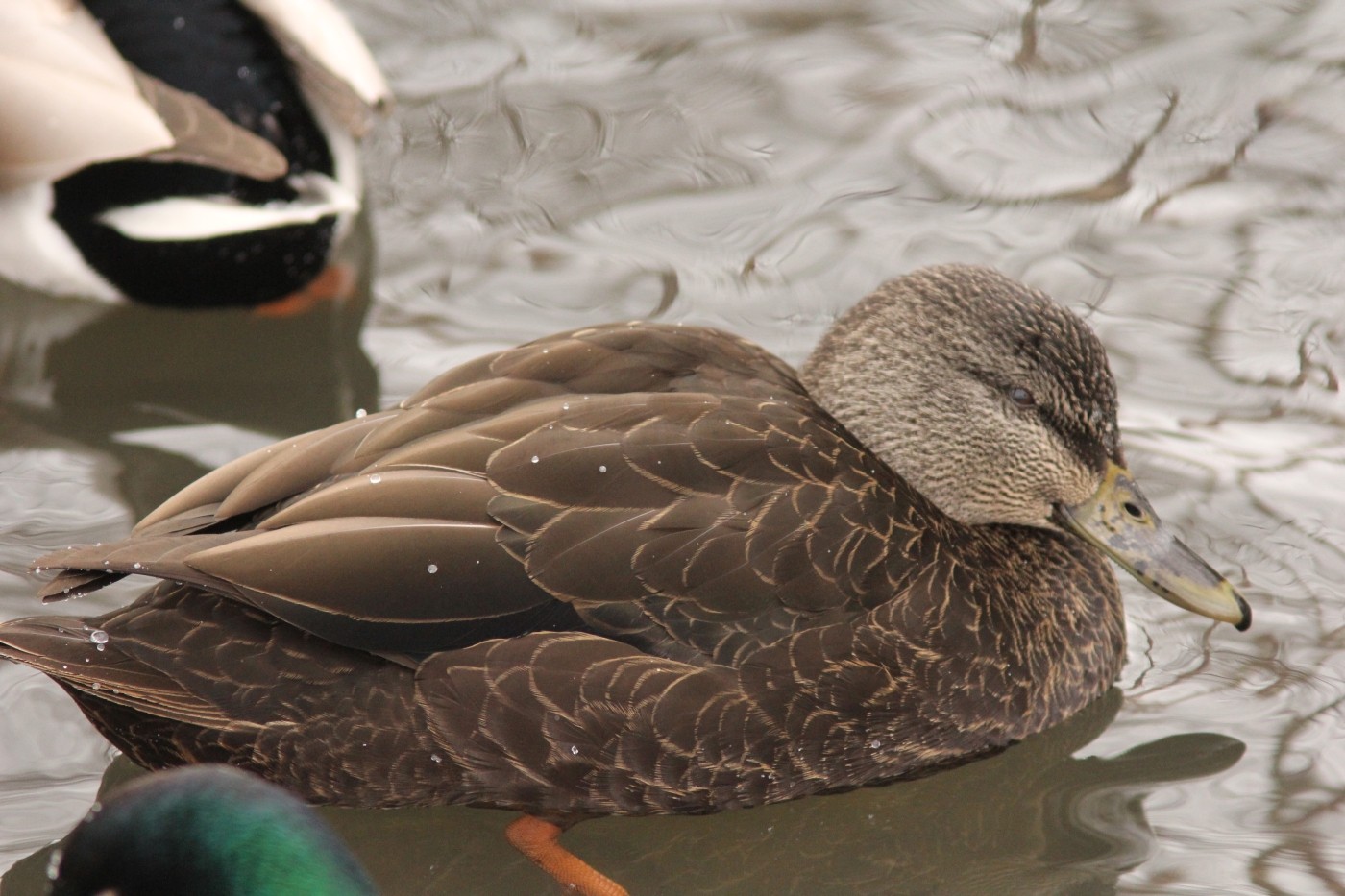 Is the american Black Duck endangered?
Is the american Black Duck endangered?
Is the american Black Duck endangered?
Since 1988, the American black duck has been rated as least concern on the IUCN Red List of Endangered Species. This is because the range of this species is extremely large, which is not near the threshold of vulnerable species. In addition, the total population is large, and, although it is declining, it is not declining fast enough to make the species vulnerable. It has long been valued as a game bird, being extremely wary and fast flying. Habitat loss due to drainage, filling of wetlands due to urbanization, global warming and rising sea levels are major reasons for the declining population. Some conservationists consider hybridization and competition with the mallard as an additional source of concern should this decline continue. Hybridization itself is not a major problem; natural selection makes sure that the best-adapted individuals have the most offspring. However, the reduced viability of female hybrids causes some broods to fail in the long run due to the death of the offspring before reproducing themselves. While this is not a problem in the plentiful mallard, it might place an additional strain on the American black duck's population. Recent research conducted for the Delta Waterfowl Foundation suggests that hybrids are a result of forced copulations and not a normal pairing choice by black hens. The United States Fish and Wildlife Service has continued to purchase and manage habitat in many areas to support the migratory stopover, wintering and breeding populations of the American black duck. In addition, the Montezuma National Wildlife Refuge has purchased and restored over 1,000 acres of wetlands to provide stopover habitat for over 10,000 American black ducks during fall migration. Also, the Atlantic Coast Joint Venture has been protecting the habitat of the American black duck through habitat restoration and land acquisition projects, mostly within their wintering and breeding areas. In 2003, a Boreal Forest Conservation Framework was adopted by conservation organizations, industries and First Nations to protect the Canadian boreal forests, including the American black duck's eastern Canadian breeding range.
